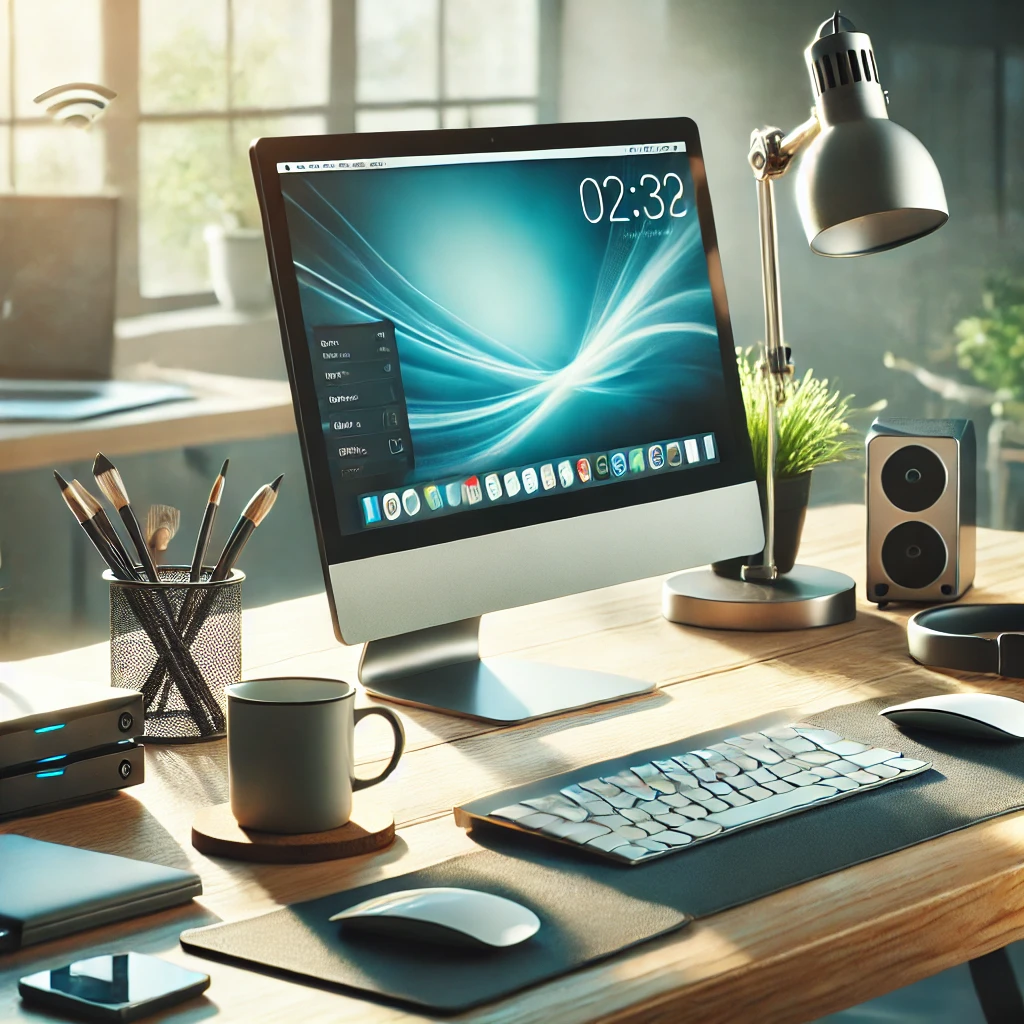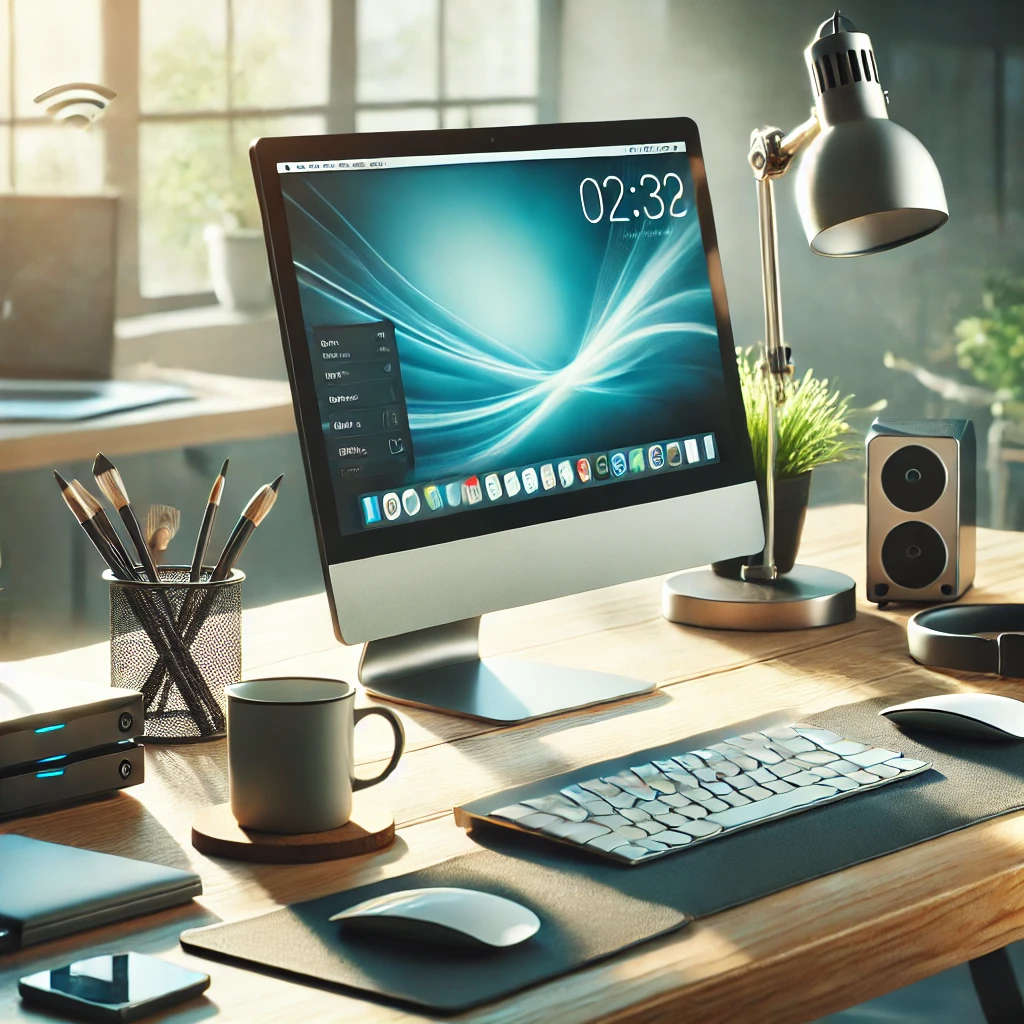
Introduction
Computers are indispensable tools in our daily lives, but slow performance can quickly lead to frustration. Understanding the causes of sluggish performance and learning how to address them can make a world of difference. In this guide, we’ll walk you through common causes of slow computers and provide practical, beginner-friendly tips to enhance speed and efficiency.
1. Computer Performance Issues: Root Causes
Storage Space Deficiency
One of the most common reasons for a slow computer is insufficient storage. When your hard drive is nearly full, the system struggles to find space for temporary files, leading to lag. For instance, if your computer’s storage is 90% utilized, it might take longer to load applications or process files. Consider cleaning up unnecessary data or transferring files to external storage to free up space.
Insufficient RAM
Random Access Memory (RAM) is essential for multitasking. If your computer has limited RAM, running multiple applications simultaneously can lead to slowdowns. For example, opening a browser with multiple tabs while running a graphic-intensive application may cause delays. Upgrading your RAM is a cost-effective way to improve speed.
Unnecessary Background Applications
Many programs run in the background without you noticing, consuming valuable system resources. For example, cloud backup services or messaging applications might automatically start with your computer, slowing it down. Disable unnecessary startup programs to optimize performance.
2. Simple Maintenance for a Faster Computer
Remove Unused Files and Applications
Decluttering your computer is a straightforward way to improve performance. Uninstall programs you no longer use and delete old files. For example, removing trial software or outdated media files can significantly boost speed.
Restart Your Computer Regularly
Restarting helps clear temporary files and refresh system processes. For instance, a quick reboot can resolve sluggishness caused by prolonged use without restarting. Make it a habit to restart your computer every few days.
Use Disk Cleanup Tools
Disk cleanup utilities help remove temporary files and system junk. For example, tools like Windows Disk Cleanup or macOS Storage Management can reclaim valuable storage space, ensuring smoother performance.
3. Optimize Settings for Better Performance
Manage Startup Programs
Startup programs can slow down your boot time and overall performance. For instance, disabling unnecessary applications like music players or chat clients from starting automatically can make a noticeable difference.
Adjust Visual Effects
Reducing visual effects, such as animations and transparency, can improve speed. For example, switching to a basic theme in Windows or macOS frees up system resources for essential tasks.
Change Power Settings
Setting your computer to “High Performance” mode ensures maximum resource allocation. For example, laptops often default to power-saving modes, which prioritize battery life over performance. Adjusting this setting can boost speed, especially during demanding tasks.
4. Hardware Upgrades and Maintenance
Upgrade Your RAM
Adding more RAM allows your computer to handle more tasks simultaneously. For instance, upgrading from 4GB to 8GB RAM can significantly improve multitasking capabilities, especially for modern software.
Switch to an SSD
Solid State Drives (SSDs) are faster than traditional Hard Disk Drives (HDDs). For example, replacing your HDD with an SSD can reduce boot times from several minutes to seconds, providing a smoother experience.
Clean Internal Components
Dust accumulation can cause overheating and reduce performance. For example, cleaning your computer’s fans and vents prevents heat buildup, ensuring consistent speed during operation.
5. Protect Your System for Long-Term Speed
Scan for Viruses and Malware
Malware can slow down your computer by using system resources for malicious activities. For example, running a comprehensive scan with antivirus software ensures your system remains secure and efficient.
Keep Antivirus Software Updated
Outdated antivirus programs may miss newer threats. For example, regularly updating your software ensures you’re protected against the latest security vulnerabilities.
Remove Suspicious Programs
Uninstall applications you don’t recognize or trust. For instance, removing unnecessary browser toolbars or unverified apps can prevent background resource usage and improve speed.
Conclusion
By understanding the causes of a slow computer and implementing these practical solutions, you can enhance your system’s performance and enjoy a smoother computing experience. From simple maintenance to hardware upgrades, there are numerous ways to optimize speed and efficiency. Start with the tips that suit your needs, and you’ll notice the difference in no time.



Comment